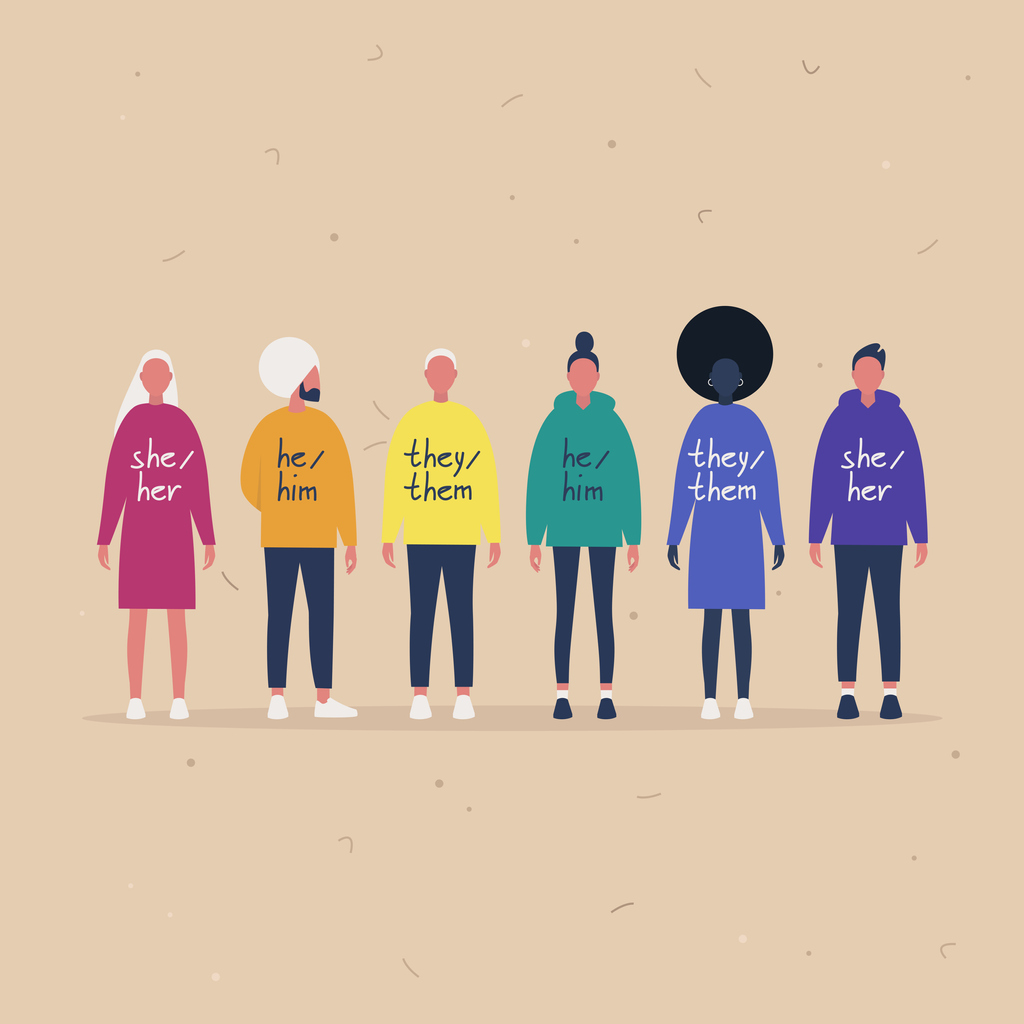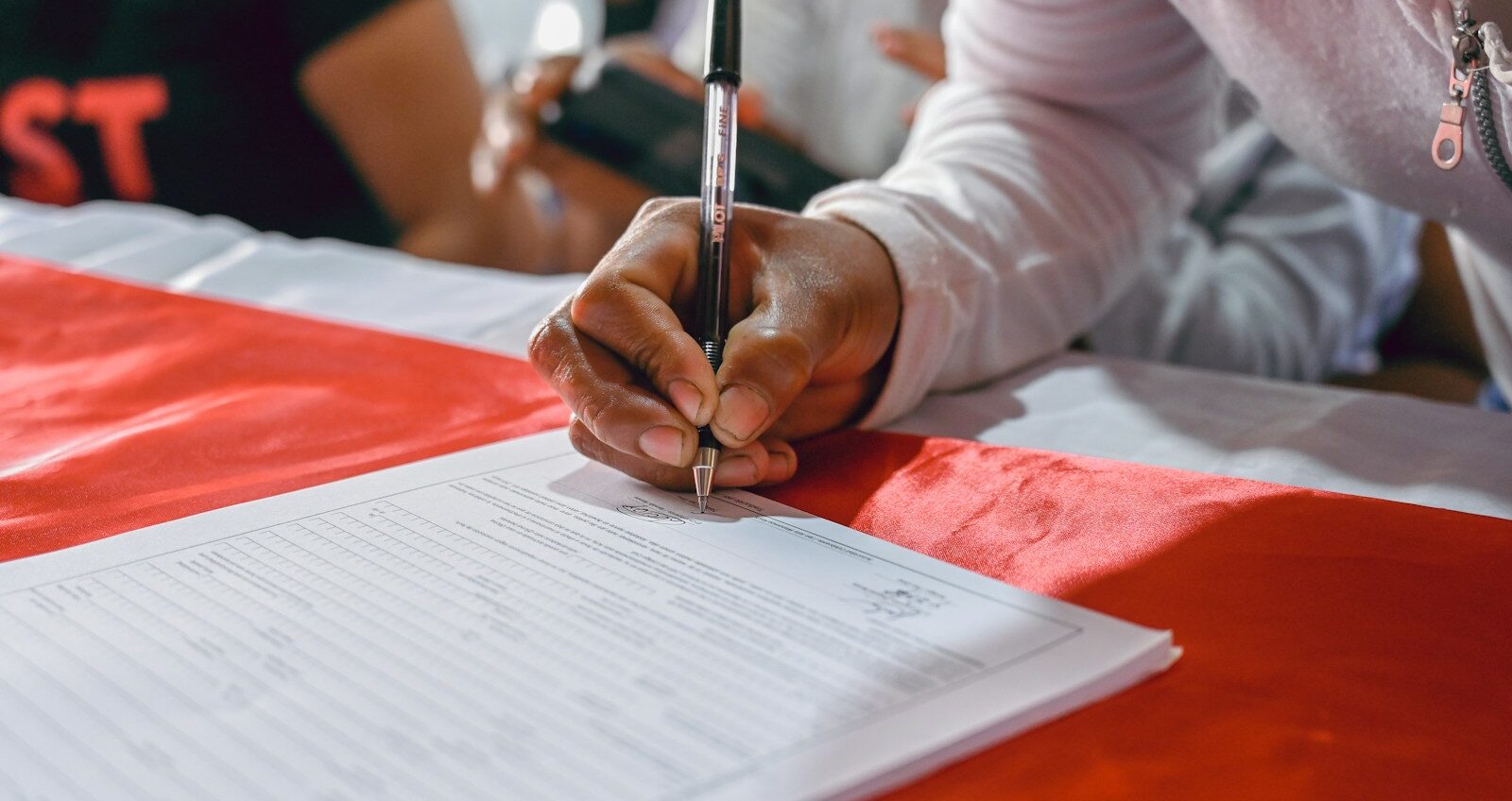Most of us spend the majority of our week at work, so it’s important that we can all be ourselves and feel comfortable to share aspects of our personality and life with colleagues. Perhaps it’s joining in on conversations about how we’ve spent the weekend, or perhaps it’s feeling like we have the same shot at a promotion as a colleague who isn’t LGBT. Sadly, we know that for many trans people the workplace is not an environment in which they feel safe and accepted.
Our research found that over a third of LGBT staff (35%) have hidden their identity for fear of discrimination – and this rises to half (51%) for trans people. We also know that a third of trans people (33%) have been the target of negative comments and abuse from colleagues, and one in eight trans employees (12%) have been physically attacked by a colleague or customer in the last year.
Creating trans-inclusive workplaces is never a ‘tick box’ exercise, however, and even with systems and policies in place, we know that trans people can still face discrimination.
These are not just statistics, they represent the real lives of trans people who have to conceal crucial parts of themselves just to get by, and that’s not ok. It takes an enormous amount of energy to pretend to be someone you’re not, and this can have a negative impact on everything from wellbeing to performance.
That’s why workplace inclusion is so important. People perform best when they can be themselves, and having an open and diverse working environment leads to higher levels of motivation, creativity and productivity.
All organisations have the power to drive change for their trans staff, especially from an HR perspective. Every workplace is different, so there’s no one-size -ll approach, but there are some failsafe areas that you can look to, to get started.
Working together for trans-inclusive workplaces
A good first step is to consult with your trans employees. Organisations who are getting workplace inclusion right are working with their trans staff to understand the challenges they face and help solve those problems.
Another thing to consider is work attire. Stonewall’s 2018 Work Report found that almost a third of non-binary people (31%) and one in five trans people (18%) don’t feel able to wear work attire representing their gender expression. With that in mind, have you considered what your dress code is? Is there a gender-neutral option, or could there be?
HR plays a crucial role in making workplaces more trans-inclusive, and when an organisation gets inclusion right, it can have a transformative effect on everyone in the workplace.
As well as clothes, it’s important to make facilities that everyone can use. Have you considered whether you need your facilities to be gendered at all? If so, is there an option for a non-binary person?
We also recommend you review your HR systems and processes. From small things like making it easy to change gender markers or names on HR systems and security passes, to bigger things like transitioning policies, it’s important to make sure that all of your team’s work is starting from a place of inclusion for everyone. For example, anti-discrimination and anti-harassment policies should explicitly mention a zero-tolerance approach to transphobia and transphobic language and behaviour.
Ongoing acceptance and support
When you start asking these questions, you’re on your way towards inclusion. Creating trans-inclusive workplaces is never a ‘tick box’ exercise, however, and even with systems and policies in place, we know that trans people can still face discrimination.
That’s why it’s important to also think of how to engage other staff and teams across the organisation in trans inclusion. We all have a part to play in making sure that our workplaces and communities are places that accept and support trans people.
[cm_form form_id=’cm_65a14c3f5da64′]
A good way to engage staff across the organisation is through recognising and celebrating awareness days, such as Trans Day of Visibility. By putting a spotlight on the challenges and inequalities the trans community face, it can help staff to understand trans people’s experiences, and be motivated to help where they can.
HR plays a crucial role in making workplaces more trans inclusive, and when an organisation gets inclusion right, it can have a transformative effect on everyone in the workplace. Making your workplace welcoming to trans people isn’t just the right thing to do, but it has the power to change lives.
Interested in this topic? Read Transgender inclusion at work: three key issues for HR to tackle.







